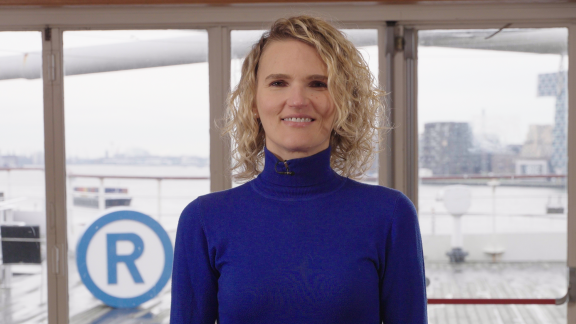A database is a collection of data which is arranged in systematic order. The items in a database must be independent elements. In other words, it must be possible to retrieve each item of information (the data) independently from other items of data, without the significance of the item being affected. A database therefore needs to be searchable using one or more tools, such as an index or an electronic search function.
Example: A novel is not a database. It consists of various chapters (elements), but they need to be read in a certain order. The chapters are therefore not independent items. An encyclopaedia, on the other hand, consists of thousands of items, which can be consulted independently from each other. This means an encyclopaedia is a database.

Database rights apply provided that a substantial investment has been made in order to obtain, control or present the content of the database. They apply to the complete set of data in a database.
What does it entail?
Database rights give the maker the right to retrieve and re-use the data in the database. Retrieving means appropriating the entire content of the database or a significant part thereof. Re-using means distributing the entire, or a large part of the, content of the database to the public. The maker can also give others permission to re-use the database.
It is forbidden to copy a substantial part of the content of a database. 'Plundering' a database step by step, until a large part of it has been appropriated, such that a similar database can be constituted, is prohibited. An exception to this principle is that data may be used for illustrative purposes in education or for scientific research.
How long are database rights valid?
Database rights are valid for fifteen years, running from the point in time when production of the database is completed.
Did you know that…?
- The structure of a database is protected by copyright and the content by database rights.
- The maker of the database is the person who receives the database rights.
- If the database is developed under contract, as a rule, it is the client who is entitled to the rights.
Have I invested substantially?
To protect a database, you must have invested substantially in obtaining, controlling or presenting the content. This can be either a qualitative or a quantitative substantial investment, e.g. a substantial investment in time, money, effort or energy, in order to obtain, control and present the content.
Is the data in the database ordered in a systematic fashion?
The data in the database must be compiled in a systematic manner. This does not mean that you have to use the most advanced database software, but rather that the data must be ordered and it must be possible to retrieve each data item separately.
How do you obtain database rights?
Database rights arise automatically. Your database is automatically protected if the conditions are met. You do not need to do anything. The protection is free of charge.
Database rights in the Benelux
Belgium
More information about database rights in Belgium can be found on the FPS Economy, Intellectual Property Department website.
The Netherlands
More information about database rights in the Netherlands is available on the RVO website.
Luxembourg
More information about database rights in Luxembourg is available on the Gouvernement du Grand-Duché de Luxembourg website.
Would you like some advice?
BOIP is an independent body. This means we can only provide you with information, and not personal advice. An external IP professional can advise you on the best way to protect your database rights.




